Descripción
Introducción
El pigging bidireccional se refiere a una técnica especializada utilizada en el mantenimiento e inspección de tuberías, particularmente en la industria del petróleo y el gas. Utilizando un dispositivo conocido como "pig", que puede viajar en ambas direcciones dentro de la tubería, este método elimina obstrucciones de manera eficiente, evalúa el estado de la tubería y garantiza su funcionamiento óptimo. La capacidad bidireccional del raspador mejora su efectividad, permitiendo una cobertura integral y una mayor flexibilidad operativa, lo que lo convierte en una herramienta invaluable para garantizar la integridad y seguridad de las tuberías.
Comprensión del pigging bidireccional
El pigging bidireccional se refiere a un procedimiento especializado en el mantenimiento de tuberías que implica el uso de pigs (dispositivos insertados en las tuberías) que pueden viajar en ambas direcciones dentro del sistema de tuberías. Los raspadores bidireccionales, equipados con discos, pueden ser impulsados por el fluido de la tubería en cualquier dirección, lo que ofrece una mayor flexibilidad en aplicaciones de limpieza, inspección o bloqueo de tuberías. Esta bidireccionalidad permite la ejecución eficiente de tareas sin la necesidad de alterar la configuración de la tubería o invertir la dirección del flujo.
Atributos clave
- Industrias aplicables: Building Material Shops, Construction works, Energy and mining, Pipe Pigging, oil&gas pipeline
- Peso (kilogramos): 6
- Ubicación de la sala de exposición: Ninguno
- Video inspección saliente: Proporcionó
- Informe de prueba de maquinaria: Proporcionó
- Place of Origin: Liaoning, China
- Warranty: 6 Months
- Brand Name: Limpieza de emergencias médicas
- Condition: Nuevo
- Color: Red
- Nominal Size Range: 2~60inches
- Medium temperature: -40~120℃
- Material: Poliuretano
- Main accessories: Discos
- Drive Interface Type: Seal Disc
- Feature: Limpieza de tuberías
- Certification: ISO9001

Operational Efficiency and Benefits
Los raspadores bidireccionales también tienen la ventaja de la versatilidad, lo que significa que no necesita toda una colección de diferentes tipos de raspadores en su caja de herramientas. Esta flexibilidad de función no sólo reduce los costos de equipo sino que también agiliza toda la operación, facilitando la vida a quienes dirigen el espectáculo. Además, el mantenimiento regular y eficaz que garantizan estas prácticas herramientas puede prolongar la vida útil de la tubería. Piénselo: una vida útil más larga significa menos reemplazos y reparaciones, lo que aumenta la eficiencia y la seguridad en el recorrido de las operaciones del oleoducto. Entonces, en el gran esquema de las cosas, los cerdos bidireccionales son como los héroes anónimos que mantienen el juego del canal fuerte y estable.
Ventajas de mantenimiento y tiempos de inactividad reducidos
Ventajas de mantenimiento:
Los pigs bidireccionales son capaces de realizar una variedad de tareas como limpieza, medición y dosificación. Esta versatilidad significa que puede utilizar el mismo cerdo para múltiples propósitos, lo que reduce la necesidad de diferentes tipos de cerdos para diferentes tareas. Esto no solo simplifica los procedimientos de mantenimiento, sino que también reduce la probabilidad de fallas del equipo, ya que se utiliza una única herramienta versátil en lugar de varias especializadas.
Un cerdo bidireccional juega un papel crucial en este proceso al actuar como una barrera física entre diferentes tipos de fluidos. Cuando se lanza a la tubería, se mueve junto con el flujo del fluido, separando efectivamente un lote del siguiente. Esto garantiza que no se mezclen diferentes productos, manteniendo la calidad e integridad de cada lote.
Tiempos de inactividad reducidos:
Una de las principales causas del tiempo de inactividad en las operaciones de los oleoductos son los bloqueos o la acumulación en el oleoducto que requiere limpieza. Los raspadores bidireccionales pueden moverse en ambas direcciones dentro de la tubería, lo que les permite limpiar la tubería de manera eficaz y exhaustiva y eliminar cualquier obstrucción o acumulación. Esto reduce la probabilidad de que se produzcan bloqueos inesperados que provoquen tiempos de inactividad.
Además, como pueden moverse en ambas direcciones, los pigs bidireccionales se pueden utilizar para realizar múltiples pasadas sin necesidad de retirarlos y reinsertarlos. Esto reduce el tiempo operativo, lo que reduce aún más el tiempo de inactividad.
Además, la capacidad de los pigs bidireccionales para realizar un mantenimiento regular y eficaz de las tuberías puede evitar que surjan problemas que puedan provocar tiempos de inactividad, como daños o fallas en las tuberías. Este enfoque de mantenimiento proactivo es clave para minimizar el tiempo de inactividad y mantener las operaciones de la tubería funcionando sin problemas.
Aplicaciones industriales
El uso del cerdo bidireccional se ha convertido en una piedra angular en la industria del petróleo y el gas debido a sus ventajas multifacéticas. A medida que la industria lucha por el transporte eficiente y seguro de petróleo y gas a través de oleoductos, los cerdos bidireccionales se han convertido en una herramienta indispensable. Pueden moverse en ambas direcciones dentro de la tubería, proporcionando una limpieza e inspección exhaustivas y manteniendo eficazmente la salud del sistema de tuberías. Esto no solo mitiga el riesgo de bloqueos de oleoductos que pueden interrumpir el flujo de petróleo y gas, sino que también ayuda a detectar problemas potenciales de manera temprana, evitando reparaciones costosas o fallas catastróficas. Además, su papel en el procesamiento por lotes es crucial en tuberías de múltiples productos, donde actúan como barreras físicas para separar diferentes tipos de fluidos, asegurando la calidad e integridad de cada producto. Por lo tanto, el pigging bidireccional es un elemento clave en la eficiencia operativa y la confiabilidad de los sistemas de tuberías en la industria del petróleo y el gas.
Más allá de la industria del petróleo y el gas, el cerdo bidireccional ha encontrado su lugar en muchos otros sectores, incluidos el tratamiento de agua, la industria de alimentos y bebidas y las plantas químicas. En las instalaciones de tratamiento de agua, estas prácticas herramientas son cruciales para mantener la limpieza de las tuberías, asegurando que no haya acumulaciones u obstrucciones que puedan obstaculizar el flujo de agua. Su papel se vuelve aún más indispensable en la industria de alimentos y bebidas, donde la higiene es de suma importancia. Los cerdos bidireccionales actúan como guardianes diligentes, segregando diferentes productos dentro de las tuberías y garantizando altos estándares de limpieza. En sectores como plantas de energía o fábricas de productos químicos, donde es necesario transportar diferentes fluidos a través de la misma tubería, los cerdos bidireccionales ayudan a prevenir la contaminación cruzada y a mantener la tubería limpia y eficiente. En general, ya sea para asegurar el flujo de agua en una planta de tratamiento, mantener la higiene en una fábrica de bebidas o proteger contra la contaminación cruzada en una planta química, el pigging bidireccional tiene un papel vital que desempeñar.
Conclusión
En conclusión, el cerdo bidireccional desempeña un papel crucial y multifacético en diversas industrias, desde el petróleo y el gas hasta el tratamiento de agua, e incluso el sector de alimentos y bebidas. Estas herramientas versátiles atraviesan tuberías en ambas direcciones, proporcionando una limpieza exhaustiva, una inspección eficiente y un mantenimiento efectivo, al mismo tiempo que mejoran la eficiencia operativa y reducen el tiempo de inactividad. Ya sea actuando como una barrera para evitar la mezcla de fluidos en tuberías de múltiples productos o garantizando la higiene y la limpieza en la industria de alimentos y bebidas, los cerdos bidireccionales son los héroes anónimos que mantienen nuestras tuberías eficientes y confiables. Encarnan el enfoque proactivo del mantenimiento, ayudando a las industrias a prevenir reparaciones costosas y fallas catastróficas, y garantizando el transporte fluido, seguro y eficiente de diversos productos. Su utilidad generalizada en diferentes sectores subraya su importancia y el papel fundamental que desempeñan para mantener nuestro mundo industrial moderno funcionando sin problemas.

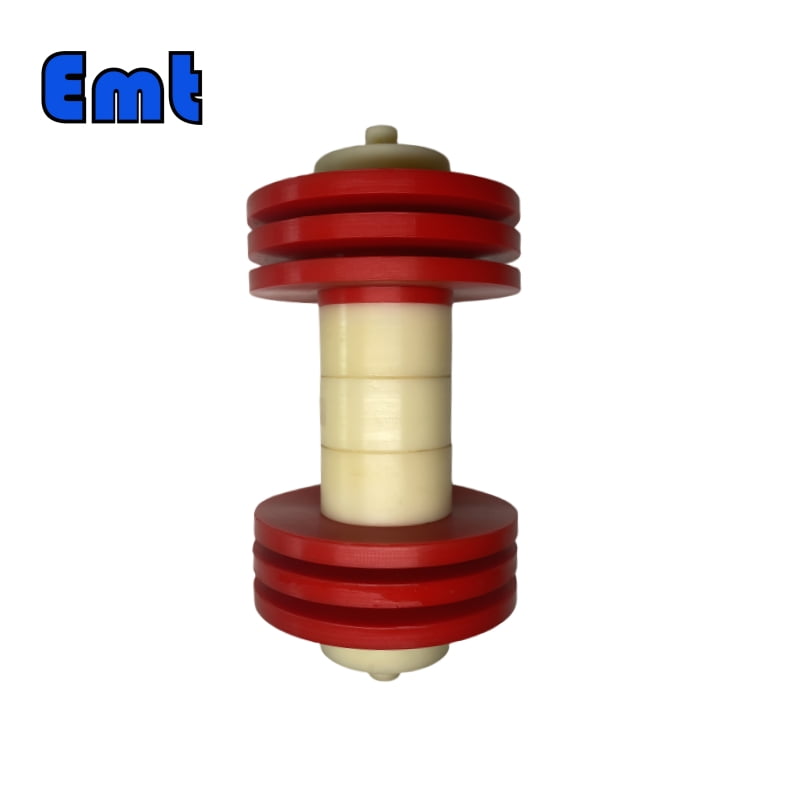
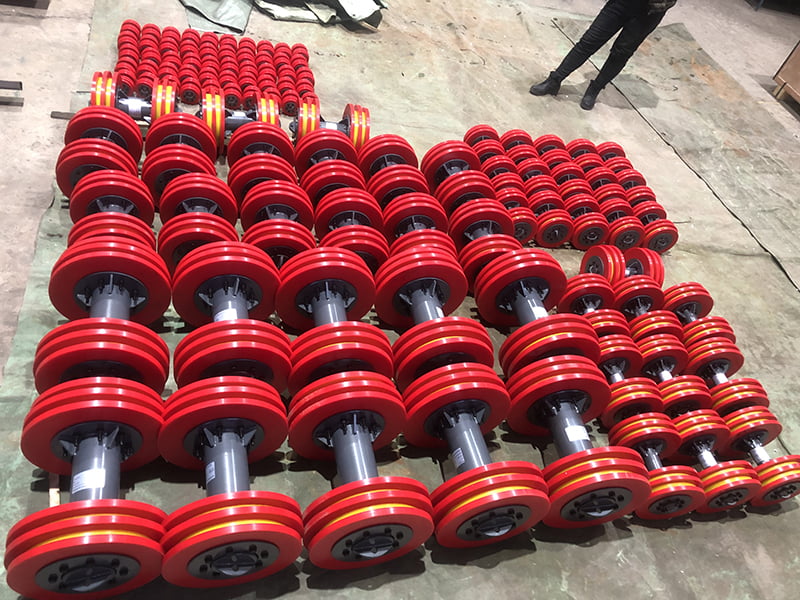
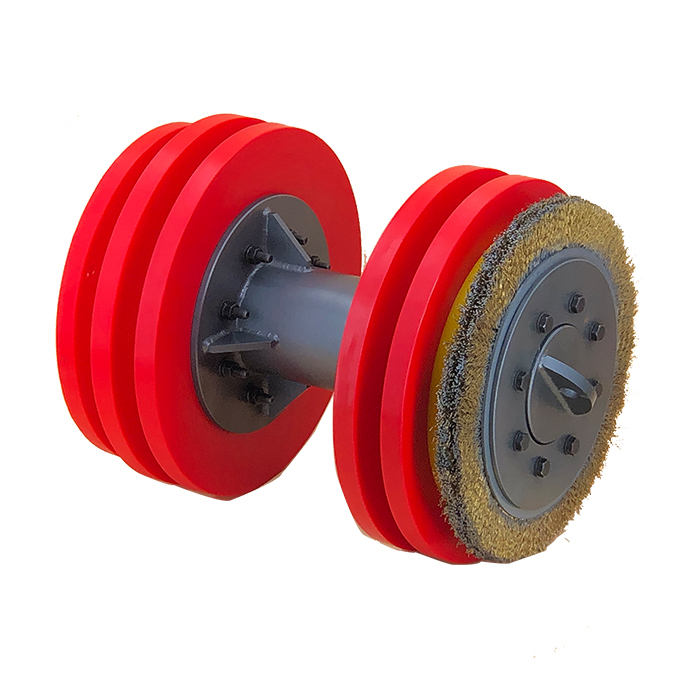
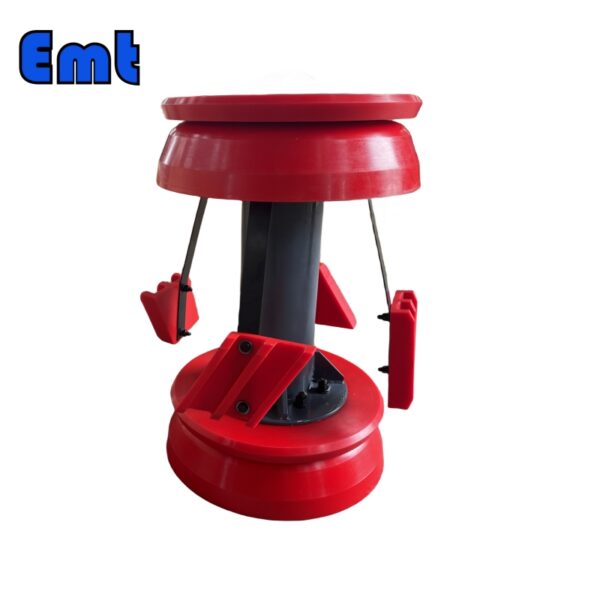

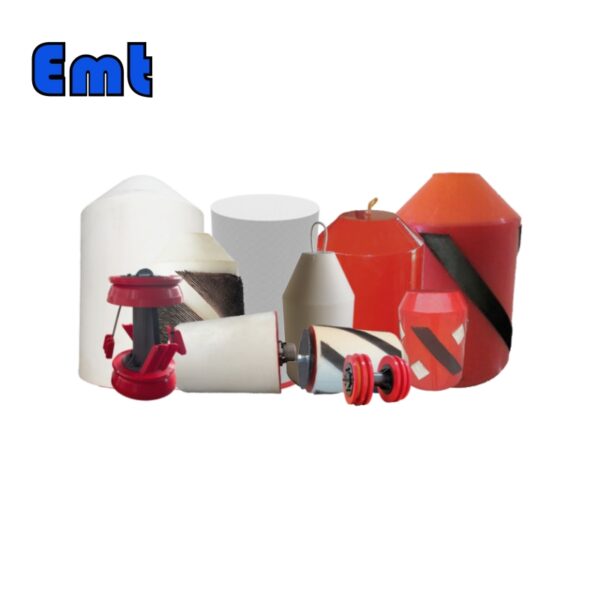
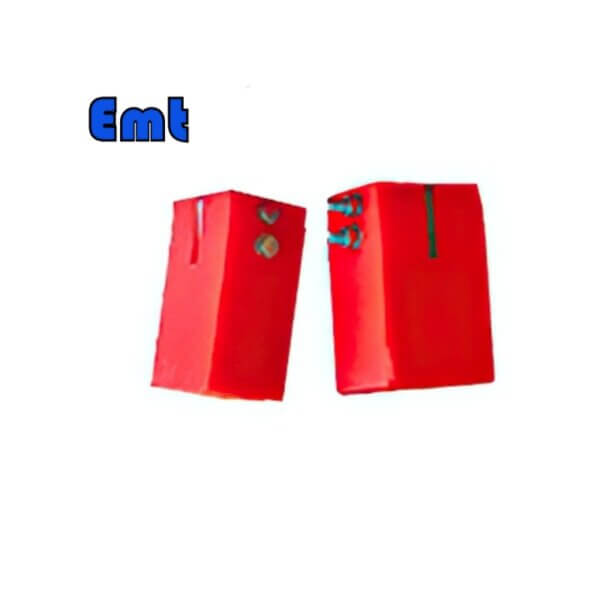
Reseñas
Aún no hay reseñas.